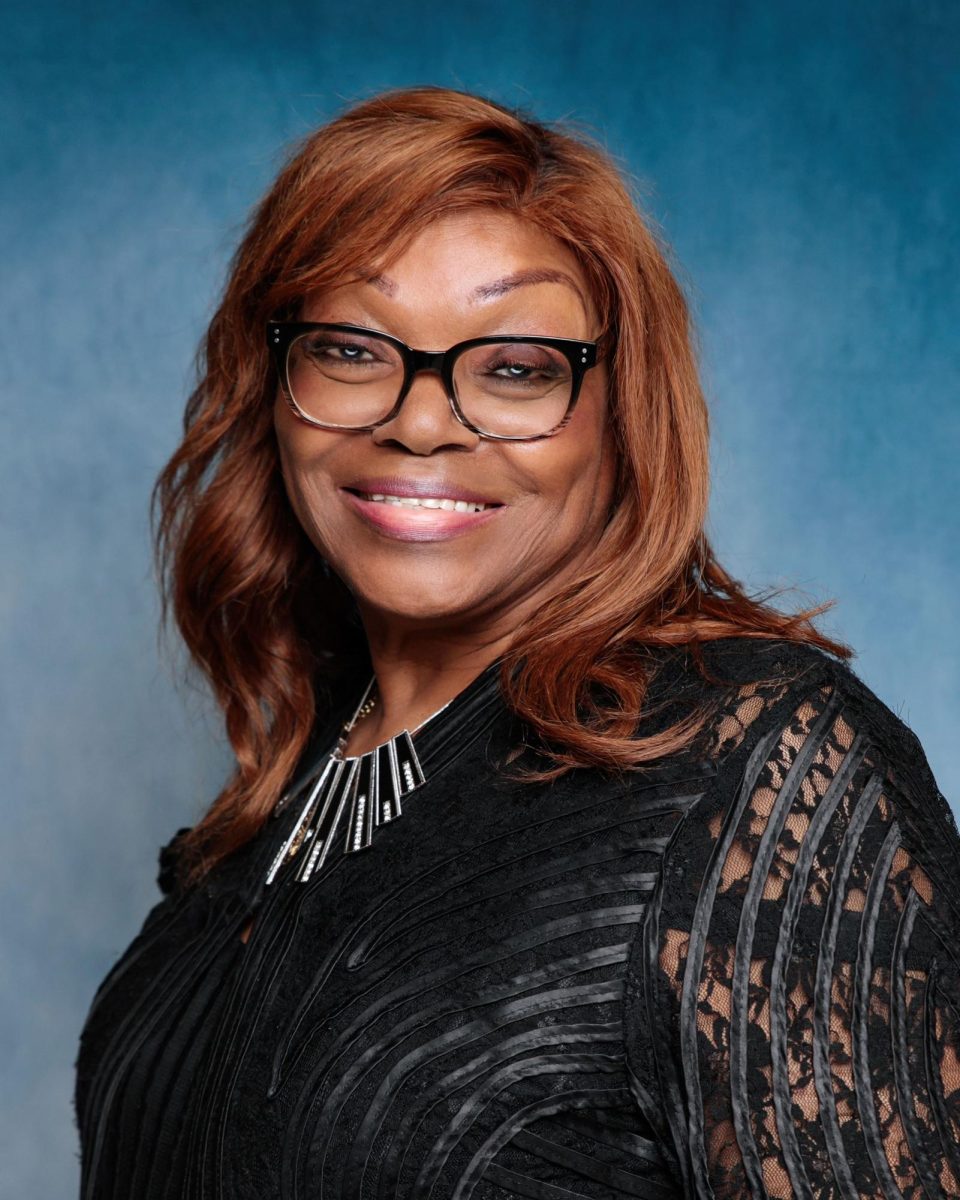Students search for Old Main
March 8, 2016
The historic Old Main building, which suspiciously burned down in 1969, may be visible for the first time in 47 years — if you have the right equipment that is.
A group of SIU students and faculty are using a new ground-penetrating radar unit to survey the area where Old Main once stood, hoping to find the foundation of the burned building.
Mark Wagner, director of the SIU Center for Archaeological Investigations, said the device, which looks like an iPad strapped to a lawnmower, was acquired in fall with the help of a $30,000 research grant.
Advertisement
SIU was founded as Southern Illinois Normal College, a single-building campus, in 1869. That original building burned down in 1882 and Old Main was built in its place between 1885 and 1887. Old Main then followed suit, being burned down by suspected arsonists 100 years later about the time that student riots were taking place.
Almost 47 years later, Wagner said this is the first time anyone has surveyed the remaining foundation.
“Our office is right over there in Faner,” Wagner said pointing across the area surveyed in between Davies Gym and Shryock Auditorium. “We’re only five minutes away. So, we can very easily … bring this machine out here and we can involve the students in actual research.”
The spot being surveyed starts where the northeast corner of Old Main once stood. He said the machine, which can survey to depths of 40 feet below the surface, cannot differentiate what it sees underground, but should still allow them to sketch out the foundation.
“There will be a lot of disturbance at the top because of the demolition and the tree roots, but if it gets down to about six feet, it will show the plan of that building, which will be the first time anyone has seen it since 1969,” Wagner said.
Water pipes won’t appear any different from the foundation, but since the group is surveying beyond the believed edge of the building, they can map out the remnants of Old Main.
“Hopefully, what it will show in the three-dimensional map, it will show that corner of the building,” he said.
Advertisement*
Wagner, also an associate professor of anthropology, said the 21 students of his Anthropology 240C class and several members from the CAI were a part of the crew. He said the integration of the project with the class is a way to benefit students who graduate and want to work in archaeology.
Emily Sample, a freshman from Rochester, Minn., studying anthropology, said the experience gained from the project benefits her more than learning theory in a classroom.
“If you actually want to go into archaeology, which is something I’m considering, this hands-on knowledge is something that would separate me from all of my competitors,” Sample said. “I got this in school — I didn’t have to go to an outside source to get it.”
Surveying must be as precise as can be because, as Sample said, the digging part of archaeology is destructive. Wagner said an excavation of the site is possible, but it would not happen this year and would have to be integrated into a future class.
He said this technology is not intended primarily for archaeologists, but is also used for surveying underground pipelines during construction. At a recent training session, a private contractor told Wagner he was out searching for buried gasoline tanks at the Idaho estate of three-time Academy Award winning actress Meryl Streep.
Nathan Meissner, a research associate with the center, said the project was great not only to get out the hot and tick-infested forests of Guatemala and Mexico he previously surveyed, but also to help SIU students remember what used to occupy the now spacious quad near the statue of former SIU President Delyte Morris.
{{tncms-asset app=”editorial” id=”5d1ed0b8-e58d-11e5-94da-47807a0145ab”}}
“It’s kind of the revered legend that everyone talks about,” said Meissner, who earned his doctorate from SIU in 2014. “There’s the whole thing that it’s still considered to be an open investigation, that they thought it was an arson. Firefighters said they smelled some sort of propellant within it. I think it’s one of these things that people have just forgotten about because this quad looks so open.”
Wagner said he hopes to create a campus-wide archaeological project with the new device.
“It benefits the students greatly because I can sit in my office all day long and talk to them about ground-penetrating radar and they would not understand it,” he said. “As opposed to actually operating the machine and running it.”
Meissner said the data will be finalized in a few days.
Austin Miller can be reached at [email protected] or at 618-536-3333.
Advertisement



![Nathan Meissner, left, an SIU graduate with his Ph.D. in archaeology, measures ground distance with Chad Hall, a senior from Decatur studying criminology and criminal justice, during an archeological site examination Tuesday at the site of the Old Main building. “We’ve done a couple limited tests with [the ground penetrating radar], but this is the largest run,” said Meissner, a current research associate. “It’s a learning experience for us. An amazing thing would be to use this equipment full scale at a large prehistoric site here in southern Illinois. I like using high tech equipment, it bring out the inner nerd in me.”](https://dailyegyptian.com/wp-content/uploads/2016/03/53000fd52dbfc1fedb2ac607c710aba6.jpg)





